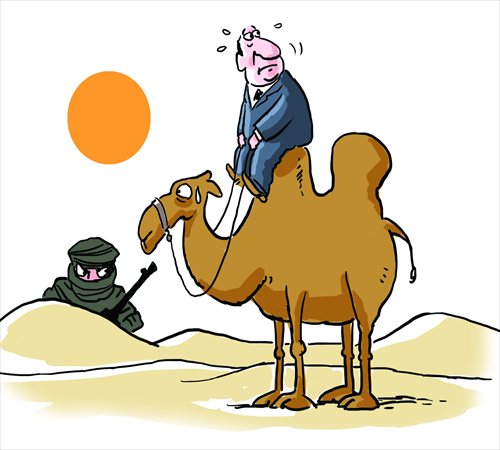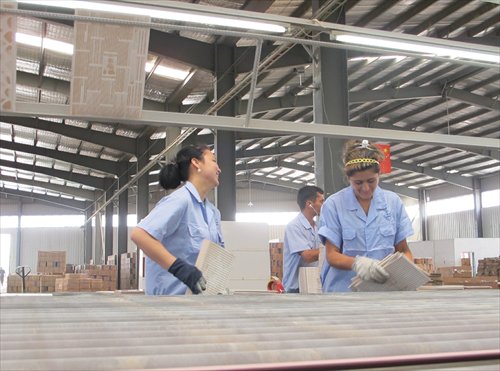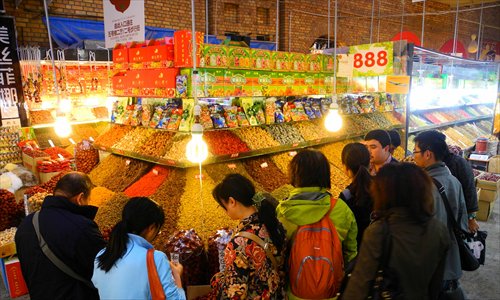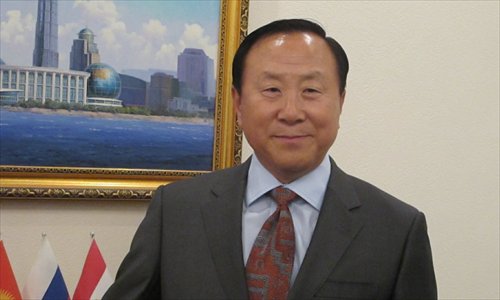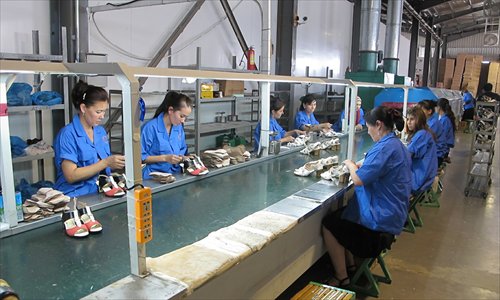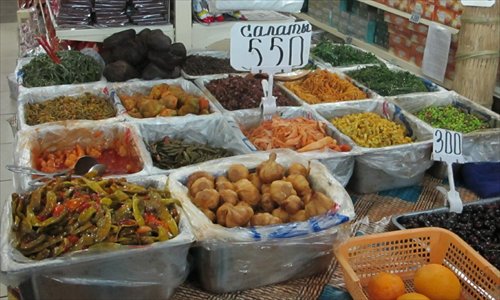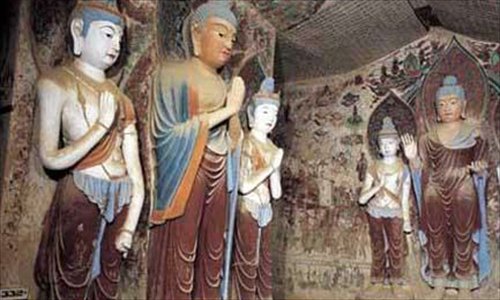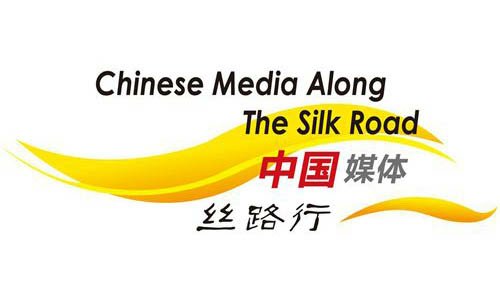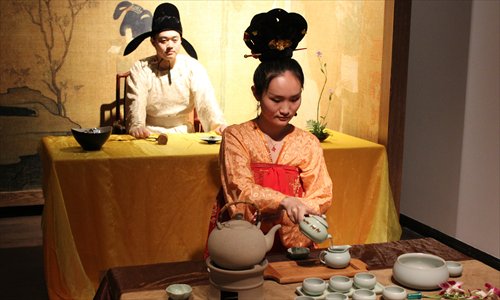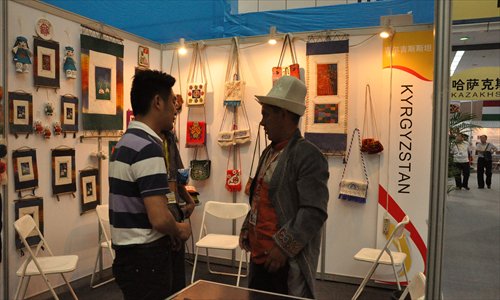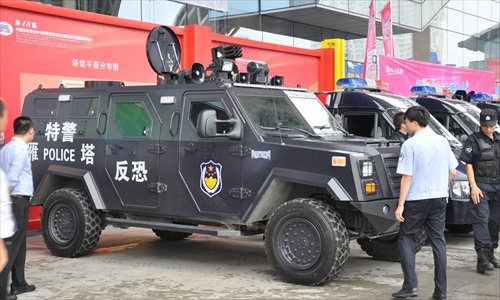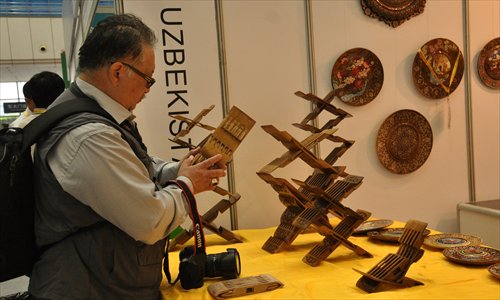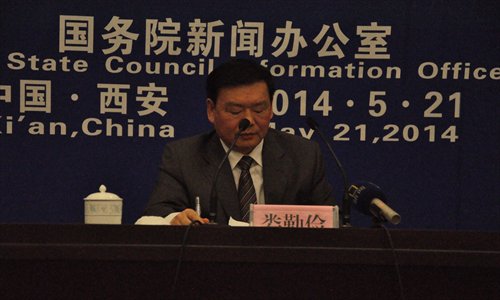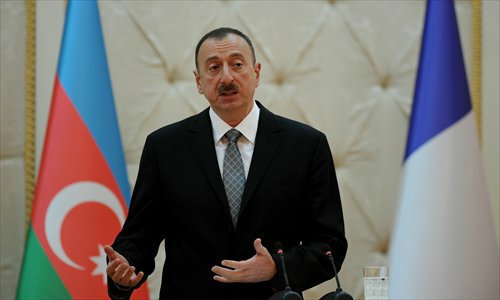Silk Road economic belt concept pushes trade, investment between China, Central Asia
The ancient Silk Road trading route tends to conjure up images of camel rides across sand dunes dotted with date palms, but the modern reality consists more of highways and customs posts.
Old tales show memories of Silk Road
We can know about the role of the Silk Road from the simple word – tea.
New frontiers
A place full of history is never short of stories. As the cities of Uzbekistan sparkle under the sun like pearls dispersed along the ancient Silk Road, these cities that used to be connected with China via the Silk Road in the past are still vigorously trading with their eastern neighbor.
One night in Urumqi
Editor’s note:
After Chinese President Xi Jinping in 2013 called for the development of an “Economic Belt along the Silk Road” connecting Central Asian states with China, Global Times reporters were invited to China’s Shaanxi and Gansu provinces and the Xinjiang Uyghur Autonomous Region, as well as Uzbekistan, Kazakhstan and Turkey, to learn about the recent development of the ancient Silk Road.
SCO takes on challenge of trans-border terror
Central Asian countries all hope that people can live better lives and the economy can be developed. But the premise is a secure environment.
Uzbek workers in Chinese-owned factories
Uzbek workers make shoes at a factory in the Peng Sheng Industrial Zone, Uzbekistan. Peng Sheng Industrial Zone is the largest privately-owned Chinese enterprise in Uzbekistan. The shoes will be sold to the Uzbek market.
Confucius Institutes have Uzbek students looking east
The Confucius Institute is often viewed as soft power tool for China to gain cultural influence across the globe. But for students in Tashkent, Uzbekistan, it is simply a matter of cultural interest.
Today’s Silk Road: Made-in-China goods for sale in Central Asia
For Chinese longing for a taste of home, various pickled vegetables are displayed in a Chinese supermarket at the Yalian Trade Center in Almaty, Kazakhstan. Almaty is the largest city in Kazakhstan and an important stop along the Silk Road.
Researchers in Dunhuang turn to digital preservation to save history
After working in the Mogao Grottos in Dunhuang, Gansu Province, for over 20 years and being in the constant presence of China’s largest collection of Buddhist art and statues dating back more than 1,600 years, Yang Xiuqing, a research fellow with the Dunhuang Research Academy, is constantly worried about how much longer these priceless treasures can be sustained.
Xinjiang tourism industry vital to regional development
The tourism industry will come to the fore in Xinjiang Uyghur Autonomous Region to accelerate the building of the Silk Road economic belt, local authorities said Tuesday, despite a drop in tourist numbers caused by recent terror attacks.
Silken links
When thinking about the Silk Road most people's minds turn to the Sui (581-618) and Tang dynasties (618-907), a time when trade along the route was at its peak and many foreigners from Middle Asia and Europe were bringing their business and culture to the then capital city of Chang'an, or as it is known today Xi'an, in Northwest China's Shaanxi Province.
Gansu promotes new energy for Silk Road
Northwest China’s Gansu Province will enhance its energy cooperation with Central Asian countries in an effort to promote the economy of the less-developed West China and the building of the Silk Road economic belt.
Silk Road handicrafts on display at Xi'an Investment and Trade Forum
Handicrafts from Kyrgyzstan are exhibited in a booth at the 18th Investment & Trade Forum between East & West China in Xi’an, Shaanxi Province on May 23, 2014. The Forum, held jointly with the Silk Road International Exposition from May 23 to 26, will include 29 separate events to promote international trade, 20 of which will be themed around the Silk Road and economic cooperation between China and other countries.
Security tightens at Xi'an international forum following Xinjiang terror attacks
Officers inspect special police vehicles parked outside a pavilion at the 18th Investment & Trade Forum between East & West China in Xi’an, Shaanxi Province, on May 23, 2014. The Forum, held jointly with the Silk Road International Exposition, opened on the morning of May 23 and attracted 674 enterprises and organizations from over 77 countries and regions.
Culture exchange to aid new Silk Road: official
Culture and art exchanges should be used as the primary way to encourage multilateral trust between China and Central Asian countries to promote the Silk Road economic belt, said Lü Jianzhong, chairman of the Shaanxi Folk Museums Association in Xi’an, Shaanxi Province Thursday.
Shaanxi to boost trade, enhance cooperation for building of economic belt
Shaanxi Province is to increase trade volume and enhance cooperation between Central Asian countries along the traditional trade route to the West as a part of building the Silk Road economic belt, said Lou Qinjian, governor of Shaanxi Province on Wednesday.
A new Silk Road?
Azerbaijan, located in the region of Central Asia and Transcaucasia, is a unique country as it is a wealthy former Soviet republic with rich oil resources and was a historically important stop along the Silk Road. The country is one of the initiators of restoration of the Silk Road. The Global Times (GT) reporter recently interviewed President of Azerbaijan Ilham Aliyev and the president shared his ideas about China-Azerbaijan relations, the restoration of the Silk Road and other regional issues.

